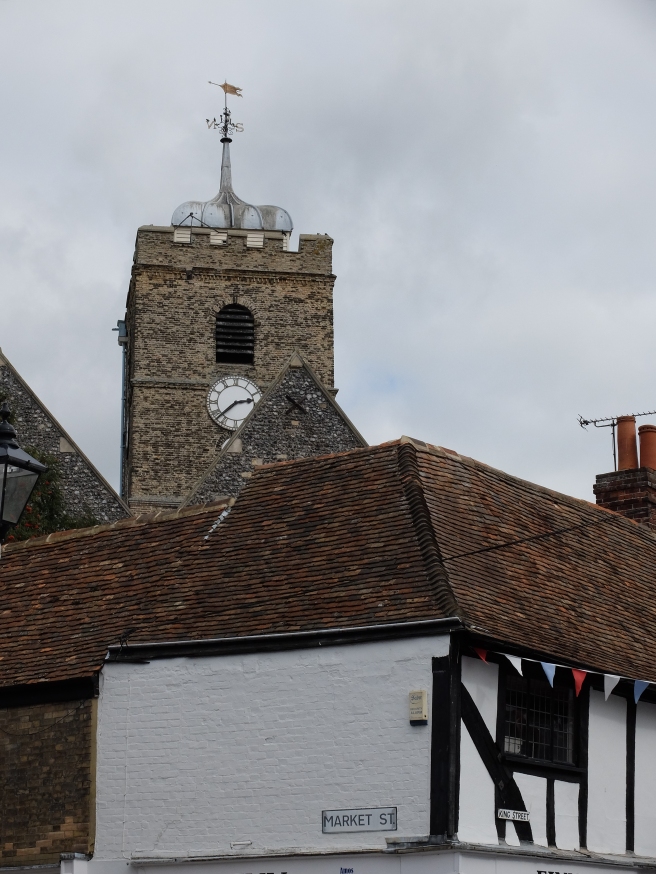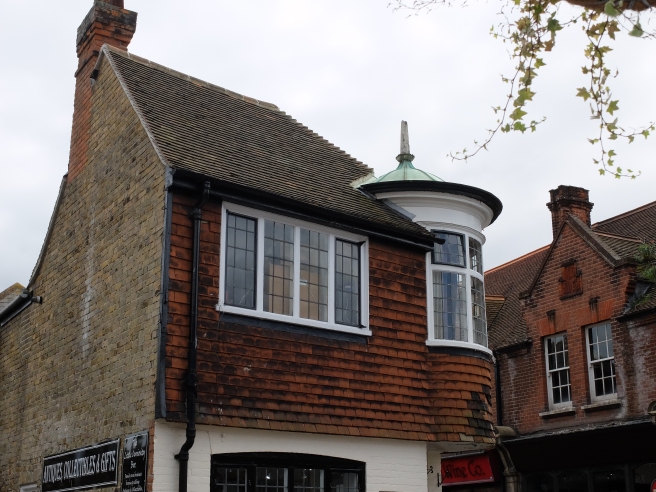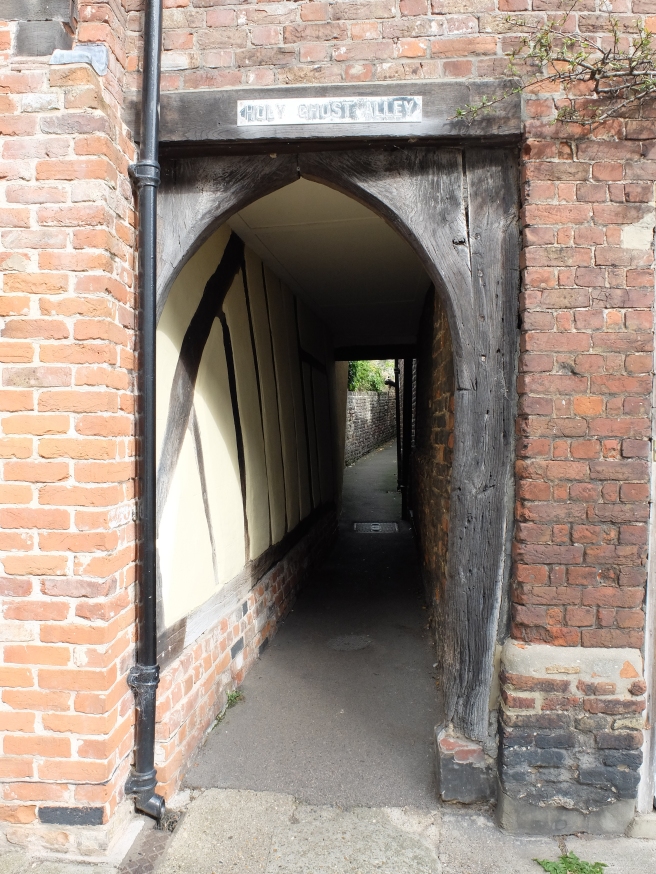After the painting was finished (for now) inside, it seemed a good idea to get away for a few days. An invitation from one of my oldest friends to visit her in Kent was accepted, and on Friday afternoon, the car was being packed up for a three-night stay. Ollie was curious of course. Bags being packed, car doors open, and items like chargers and toiletries being collected from various rooms. He decided to forego his afternoon nap, and to follow me around instead.
Once he saw me washing his food and water bowls prior to stacking them in the car, he was in no doubt that something was up. Sticking ever closer to my side, he decided to keep wagging his stumpy tail, to let me know he was still around. Every packed bag was sniffed carefully, especially the one containing his food and treats for the weekend ahead. By the time I was dressed and ready to leave, he was looking glum. He no doubt suspected that I was off somewhere, and he was not to be included. But when I lifted his large bed out, to fit it into the back section of the car, he was beside himself with excitement. Not even waiting to be told, he jumped into the back and settled down on the bed. He was happy to have installed himself, even though he had no idea where we were going.
During a drive of just under three hours, he snoozed happily in the back, and it would have been easy to forget he was even there. On arrival he was delighted to see my friend, who he has met on numerous occasions. But he was even more excited to see her stairs. As we have no stairs in our one-level house, he loves to go anywhere where there are stairs to investigate. He will scamper up and down them constantly, like a child on a slide. Once his bed was installed next to her garden door, and a couple of his soft toys appeared, he soon settled down, and showed no concern about being somewhere different.
When it came to taking him for walks, I was restricted to the local park. The town where she lives is very built-up, and has no wide open spaces or small rivers, like the areas that Ollie is used to seeing every day. The trip to the park along busy roads means that Ollie has to stay on his lead. So he makes his amusement by sniffing every new lamp-post, dustbin, street corner, or front garden. Walking a very short distance can take almost thirty minutes, as he discovers new smells and leaves his own mark behind. Once at the park, there are no squirrels or deer to track down, so he has to be content with seeing the occasional dog, or exploring the new place for any other good smells. After a long walk, I found a bench to sit down on, though that unfortunately only gave me a view of the busy main road. Ollie and I watched the streams of traffic for a while, and I wondered what he was thinking.
We didn’t venture too far from the house, using the time to catch up with news, and enjoying a visit from my friend’s extended family. Ollie was pleased to have more visitors who made a fuss of him, and by the time we were set to leave, he had become well-used to the new area, adapting almost immediately. However, once we got back yesterday afternoon, and I took him back to his usual stamping-grounds of Beetley Meadows and Hoe Rough, it was plain to see the joy on his wrinkled chops.
Maybe he enjoyed the change of scene, maybe not.
But I suspect he could take it or leave it.

























